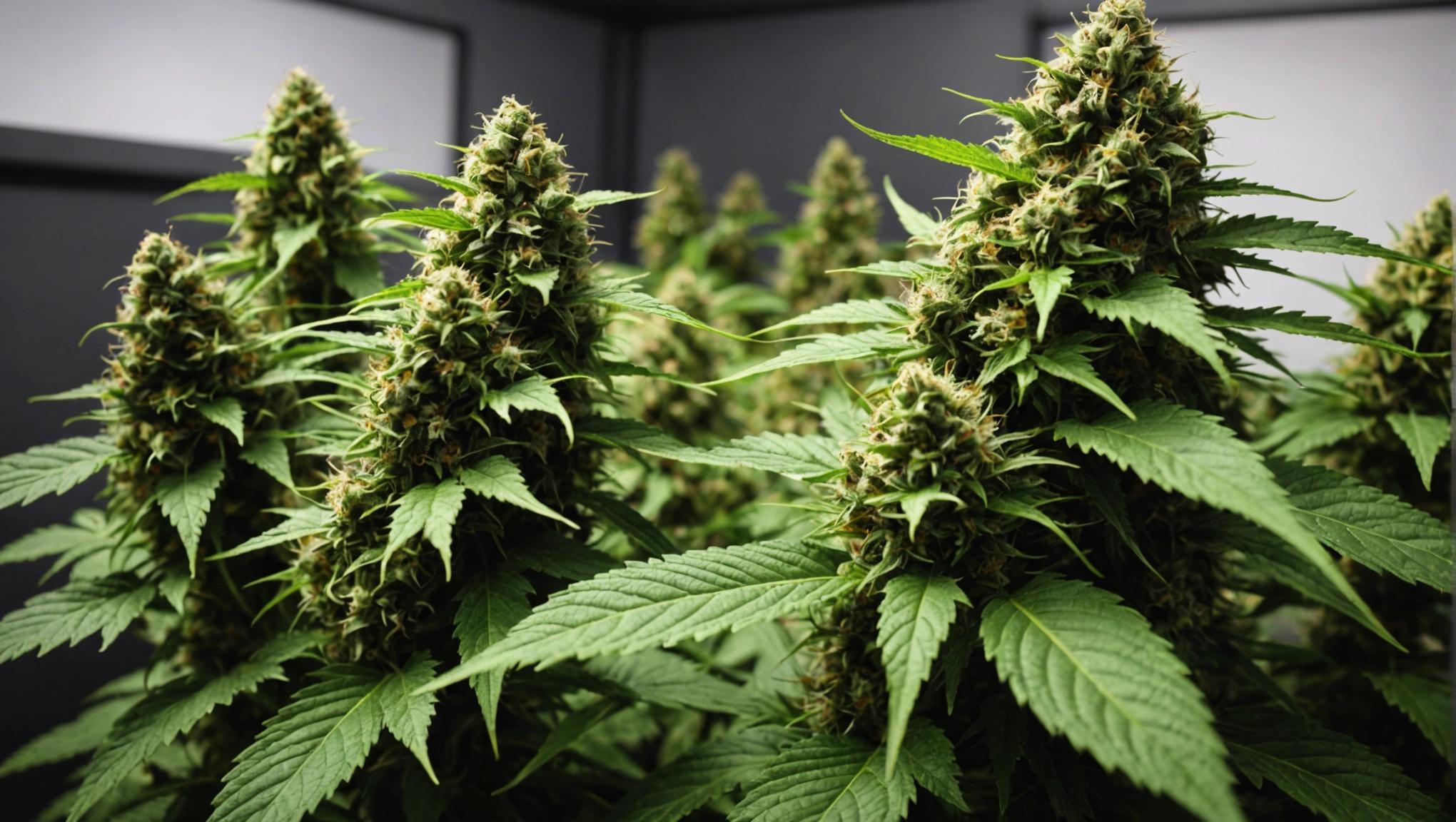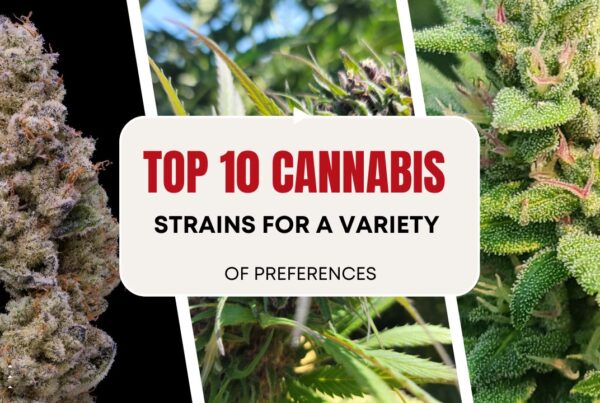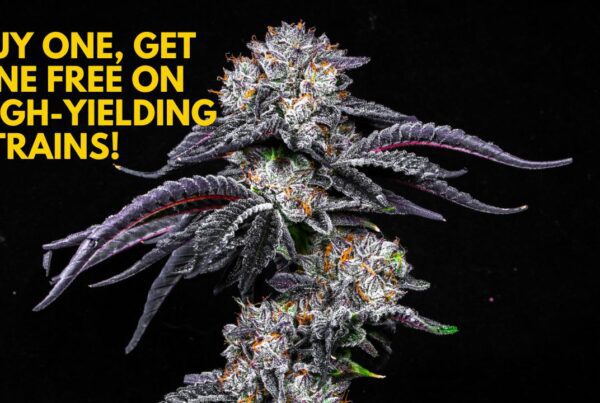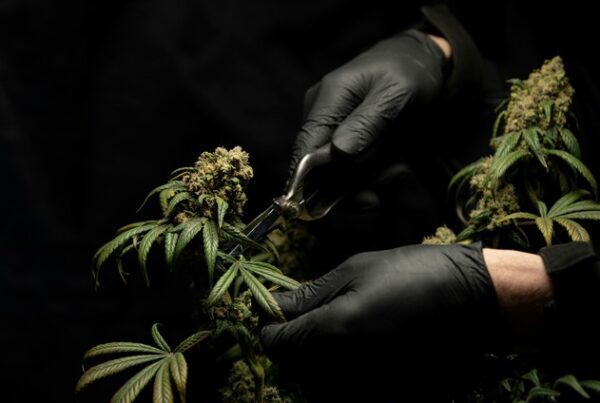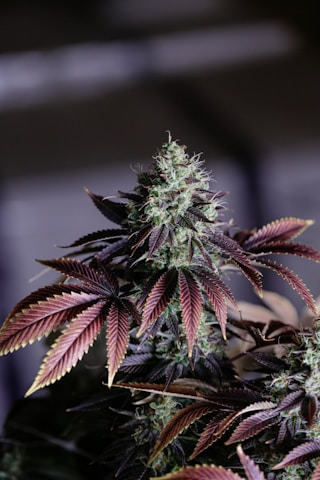Growing the Best Kush Haze Strain

Are you ready to take your cannabis cultivation to the next level? In this guide, we will explore 10 essential tips for growing the best Kush Haze strain. Whether you’re a seasoned grower or just starting out, these expert tips will help you cultivate top-quality Kush Haze with confidence. From optimizing growing conditions to maximizing yields, this comprehensive guide will equip you with the knowledge and techniques needed to achieve exceptional results. Get ready to elevate your cannabis cultivation game and unlock the full potential of the Kush Haze strain with these invaluable tips.
Creating the Ideal Growing Environment
Indoor vs. Outdoor Cultivation: Making the Right Choice
When it comes to cultivating Kush Haze, growers are often faced with the decision of whether to opt for indoor or outdoor cultivation. Each approach has its own set of advantages and drawbacks. Indoor cultivation provides greater control over environmental factors such as light, temperature, and humidity. It also offers year-round cultivation, protection from outdoor pests, and enhanced security. However, it requires a significant initial investment in equipment and energy consumption. On the other hand, outdoor cultivation takes advantage of natural sunlight and typically results in larger yields. It also reduces energy costs and can lead to more robust plants. Nevertheless, outdoor cultivation is subject to seasonal changes, potential pest infestations, and less control over environmental variables.
Optimal Climate and Conditions for Kush Haze: Key Factors for Success
The successful growth of Kush Haze plants hinges on providing the optimal climate and conditions. These plants thrive in a Mediterranean-like climate with moderately warm temperatures ranging between 70-85°F and low humidity levels around 40-50%. They require well-draining soil with a slightly acidic pH level between 6.0 to 6.5 and ample sunlight, preferably 8-12 hours per day. Ensuring proper airflow and ventilation is crucial to prevent mold and mildew. Additionally, maintaining the right balance of nutrients, including nitrogen, phosphorus, and potassium, and pH levels in the soil is essential for healthy plant development.
Additional Considerations for Creating the Ideal Growing Environment
In addition to the choice between indoor and outdoor cultivation and the specific climate and conditions required for Kush Haze, other factors play a significant role in achieving the ideal growing environment. These include selecting the right containers or planting beds, employing sustainable and organic cultivation practices, integrating pest management strategies, and utilizing advanced techniques such as hydroponics or aeroponics for indoor cultivation. Furthermore, staying updated with industry trends and research on optimal cultivation practices can provide valuable insights for enhancing the growing environment.
Creating the ideal growing environment for Kush Haze involves careful consideration of various factors, from the choice between indoor and outdoor cultivation to the specific climate and conditions required for the plants to flourish. Both approaches present unique opportunities and challenges, and understanding these dynamics is pivotal for achieving successful cultivation. By combining knowledge with practical application, growers can create an environment that fosters the robust growth and potent characteristics of Kush Haze, ultimately leading to a rewarding cultivation experience.
Selecting Premium Seeds
Understanding Seed Genetics and Varieties.
Selecting premium seeds involves a deep understanding of seed genetics and varieties. This encompasses researching the lineage, traits, and overall quality of the seeds. The genetic makeup of a seed determines the potential yield, resistance to pests and diseases, cannabinoid and terpene profiles, and other crucial factors. For instance, a hybrid seed may exhibit a blend of traits from its parent strains, offering a unique combination of effects and flavors.
Reliable Sources for Kush Haze Seeds.
When sourcing Kush Haze seeds, it is vital to explore reputable seed banks or breeders known for their high-quality genetics and customer satisfaction. Look for establishments with a proven track record of providing authentic and viable seeds, as well as excellent customer support and industry expertise. Additionally, consider seeking recommendations from experienced cultivators or online forums with a focus on cannabis cultivation.
Furthermore, attending industry events and cannabis expos can offer opportunities to connect with reputable seed suppliers and gain insights into the latest developments in seed genetics and breeding practices. Engaging directly with breeders and seed banks can provide valuable knowledge about the origins of specific strains, cultivation tips, and potential future releases.
It is also essential to prioritize transparency and legality when obtaining seeds, ensuring compliance with applicable regulations and avoiding illicit or untrustworthy sources. By selecting premium seeds from reliable sources, cultivators can lay a strong foundation for successful and rewarding cultivation experiences.
Benefits of Premium Seeds.
Premium seeds offer numerous advantages for cannabis cultivators. They are often bred to exhibit desirable characteristics such as high potency, unique flavors, and robust growth patterns. Additionally, premium seeds are more likely to produce higher yields and have increased resistance to common pests and diseases. This can result in a more efficient and successful cultivation process, ultimately leading to a greater harvest of top-quality cannabis.
Furthermore, premium seeds can contribute to the preservation of exceptional genetic profiles and the advancement of cannabis breeding. By choosing premium seeds from reputable sources, cultivators support the continuation of superior genetics and contribute to the diversity of available cannabis varieties. This not only benefits individual growers but also enriches the broader cannabis community by promoting innovation and diversity within the industry.
Choosing premium seeds also aligns with sustainability efforts within the cannabis cultivation sector. By prioritizing seeds with strong genetic integrity and favorable traits, cultivators can reduce the need for excessive pesticide use and other interventions, promoting a more environmentally conscious approach to cannabis farming.
The Role of Seed Genetics in Cultivation Success.
Seed genetics play a crucial role in determining the overall success of a cannabis cultivation endeavor. Whether a grower aims to produce medicinal cannabis with specific cannabinoid profiles or seeks to cultivate unique flavors and aromas, the genetic composition of the seeds directly influences the outcome. Understanding the genetic traits of different seed varieties empowers cultivators to make informed decisions that align with their cultivation goals and desired end products.
In addition, a deep understanding of seed genetics enables cultivators to anticipate potential challenges and adapt their cultivation techniques accordingly. By recognizing the inherent traits and tendencies of specific genetic lineages, growers can implement tailored growing practices that optimize the potential of the seeds and mitigate any inherent weaknesses. This proactive approach can lead to more consistent and successful harvests, fostering a sense of confidence and expertise in cannabis cultivation.
Moreover, seed genetics contribute to the diversity and richness of the cannabis market. Through the selection and cultivation of premium seeds with unique genetic profiles, growers contribute to the availability of diverse cannabis products, catering to a wide range of consumer preferences and medicinal needs. This diversity not only enhances the consumer experience but also supports the broader recognition and acceptance of cannabis as a versatile and valuable plant with numerous beneficial attributes.
Conclusion.
Selecting premium seeds is a foundational step for any successful cannabis cultivation venture. By understanding seed genetics and varieties, and by sourcing seeds from reliable and reputable sources, cultivators can establish a strong foundation for productive and rewarding growing experiences. The careful selection of premium seeds not only leads to enhanced cultivation outcomes but also contributes to the preservation and advancement of exceptional cannabis genetics, the promotion of sustainability, and the enrichment of the diverse cannabis market.
Optimizing Growth and Care
Proper Lighting and Light Cycles
Maximizing growth and ensuring the well-being of your plants starts with providing proper lighting. Understanding the light cycles that mimic natural sunlight is essential for achieving maximum yield and healthy plant growth. Whether you are growing indoors or outdoors, knowing the right amount of light and the optimal times for exposure is crucial for the success of your plants.
Nutrient Requirements and Feeding Schedule
To ensure thriving plants, it is imperative to understand the specific nutrient requirements for different growth stages. Implementing a well-structured feeding schedule that aligns with these requirements is vital for the overall health and productivity of the plants. Exploring various organic and synthetic nutrients can provide valuable insights into optimizing growth and achieving robust, healthy plants.
Watering Techniques and pH Management
Effective watering techniques and pH management play a pivotal role in achieving optimal growth. Understanding the water needs of your plants and the significance of maintaining the appropriate pH levels in the growing medium are essential for their well-being. Implementing proper watering practices and monitoring pH levels can significantly impact the health and vitality of the plants, contributing to their overall growth and development.
Incorporating these fundamental aspects into your plant care routine can lead to improved growth, increased yields, and healthier plants. By optimizing lighting, understanding nutrient requirements, and implementing effective watering techniques, you can create an environment that fosters the flourishing of your plants.
Combatting Pests and Diseases
Preventive Measures for Kush Haze
Kush Haze, a beloved cannabis strain, requires vigilant care to thrive. When it comes to preventive measures, ensuring proper air circulation and maintaining optimal humidity levels in the growing environment can significantly deter the onset of pests and diseases. Additionally, regular inspection of plants and immediate removal of any infested or diseased parts can prevent further spread. It is essential to use organic fertilizers and natural pesticides to promote plant health and avoid harmful chemical residues.
Effective Natural Pest Control Methods
Natural pest control methods offer sustainable solutions for managing pests without harming the environment. Introducing beneficial insects like ladybugs and lacewings can help control aphids and mites effectively. Furthermore, neem oil, a natural insecticide, can combat a range of pests while being safe for the plant and surrounding ecosystem.
Identifying and Treating Common Diseases
Identifying and treating common diseases is crucial for maintaining the vitality of Kush Haze plants. Common issues such as powdery mildew and mold can be addressed through proper air circulation, controlled humidity, and the use of organic fungicides. Additionally, early detection of diseases such as bud rot and root rot is vital for implementing targeted treatment and preventing widespread damage.
In this blog section, we will explore essential strategies for combating pests and diseases in the context of cultivating Kush Haze. We will discuss preventive measures specific to Kush Haze, effective natural pest control methods, and techniques for identifying and treating common diseases that may affect the plant. By the end of this section, readers will have a comprehensive understanding of how to protect their Kush Haze crops and maintain their health and vigor.
It’s also important to consider the role of companion planting in pest and disease management. Certain companion plants, such as marigolds and basil, can repel pests and attract beneficial insects, contributing to a healthier growing environment for Kush Haze. Additionally, practicing crop rotation can help reduce the buildup of pests and diseases in the soil, promoting long-term plant health.
Furthermore, maintaining a clean and organized growing space is essential for pest and disease control. Regularly sanitizing tools, pots, and any equipment used in cultivation can minimize the risk of spreading diseases. Implementing a strict quarantine protocol for new plants or cuttings can prevent the introduction of pests and diseases to established Kush Haze crops.
To enhance disease resistance, providing adequate nutrition to the plants is paramount. A well-balanced nutrient regimen, tailored to the specific needs of Kush Haze, can bolster the plant’s natural defenses against diseases. It’s crucial to monitor the plant’s growth and adjust nutrient levels accordingly to ensure optimal health and resilience.
Lastly, staying informed about local pest and disease patterns is valuable for proactive management. Understanding the prevalent pests and diseases in a particular region allows cultivators to preemptively implement strategies to protect their Kush Haze crops. This knowledge empowers growers to anticipate potential threats and take preventive action, contributing to the long-term success of their cultivation endeavors.
Harvesting and Processing Tips
Determining the Best Time to Harvest Kush Haze
Kush Haze is a popular strain known for its potent effects and distinct flavors. When it comes to harvesting this strain, determining the best time is crucial. The peak harvest time for Kush Haze is typically when the trichomes are cloudy and amber in color. At this stage, the buds have reached their maximum potency and flavor, providing a well-balanced high. It’s essential to monitor the trichomes closely using a magnifying tool to ensure the perfect harvest time.
Optimal Harvesting and Drying Techniques
Once the ideal harvest time is determined, employing optimal harvesting and drying techniques is vital to preserve the quality of the buds. To maintain the potency and flavors of Kush Haze, it’s recommended to trim the buds carefully, removing any excess leaves. Properly trimmed buds ensure a smoother smoking experience and help in preserving the flavors. Additionally, implementing a slow drying process in a controlled environment, with moderate humidity and good air circulation, is essential to prevent mold growth and preserve the terpene profile.
Curing and Storing the Harvested Kush Haze
Proper curing and storage methods are critical for maintaining the freshness and potency of the harvested Kush Haze. After drying, the buds should be cured in glass jars, allowing for the gradual release of excess moisture while preserving the flavors. Burping the jars periodically is important to prevent mold and achieve the desired moisture content. Once properly cured, storing the buds in a cool, dark place, preferably in airtight containers, helps maintain their potency and prevents degradation. Quality control during the curing and storage process is essential to ensure a premium smoking experience.
When it comes to harvesting and processing Kush Haze, attention to detail and precision are key factors in achieving exceptional quality. By understanding the optimal harvest time, employing proper harvesting and drying techniques, and mastering the art of curing and storage, cultivators can ensure that the harvested Kush Haze retains its potency, flavors, and overall quality. Whether you’re a novice or experienced cultivator, these tips and techniques are invaluable for producing top-tier Kush Haze that’s sure to impress even the most discerning connoisseurs.
Cultivating the Perfect Kush Haze Strain
Mastering the art of growing the best Kush Haze strain requires a combination of knowledge, skill, and dedication. By following the 10 tips outlined in this blog, growers can optimize their cultivation process and enhance the quality of their harvest. From selecting the right genetics to maintaining proper environmental conditions and implementing effective pruning techniques, each tip plays a crucial role in achieving success. With attention to detail and a commitment to continuous learning, growers can elevate their Kush Haze cultivation to new heights and enjoy the rewards of a bountiful and top-quality yield.

